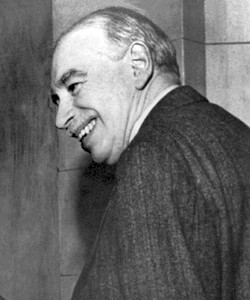But when tryouts started, I was the only kid who knew how to do a hook slide. (Alas, this skill would have been much more useful if I had ever got on base. Hook sliding into first is rarely effective.)
I still have the habit. I am a sucker for instructional books, on anything from sports to XML coding. (OK, I haven't tried that one yet. But the day may be coming.) But here, off the top of my head, are just a few of the things I have learned from books since my Little League days.
How to putt. (In truth, I learned this from my wife. But she didn't teach me, as the little volume in the pro shop did, How To Putt in Two. Results not guaranteed.)
How to make a Sazerac cocktail (puh-leez, not with bourbon)
How to manage files in Mac OS X (and many other Mac things--thank you, David Pogue.)
How to paint watercolors (I actually took a class on this but could never master laying a wash until I practiced with the instructions right next to me.)
How to blog. Actually I'm lying. I bought a book on this but then I lost it and I finally realized the six months I spent "looking for it" were really just an excuse not to sit down and do it. Maybe this blog would be better if I had found it, but at least it's getting written.
Probably the coolest instructional book I've ever read was The Great International Paper Airplane book. Not only did it show you how to make scores of different paper airplanes, but it showed how to make an awesome rocket from a paper match, tinfoil and a paper clip. You haven't lived until you've launched one of these.
I still have a great fondness for books of practical advice and I find it very satisfying to edit them, as I occasionally do. A forthcoming one by Chris Farrell of public radio's Marketplace Money seems well suited to the present moment: The New Frugality: How to Consume Less, Save More, and Live Better. Is there a practical book that has made a difference in your life? I'd be glad to have a list from readers of this page--just post a comment below.



